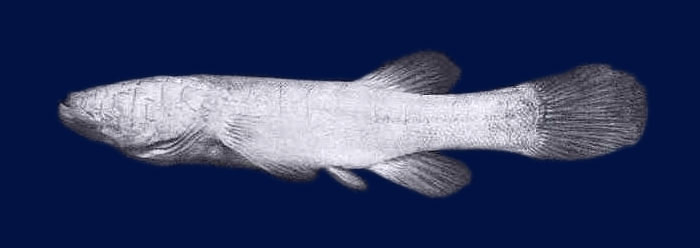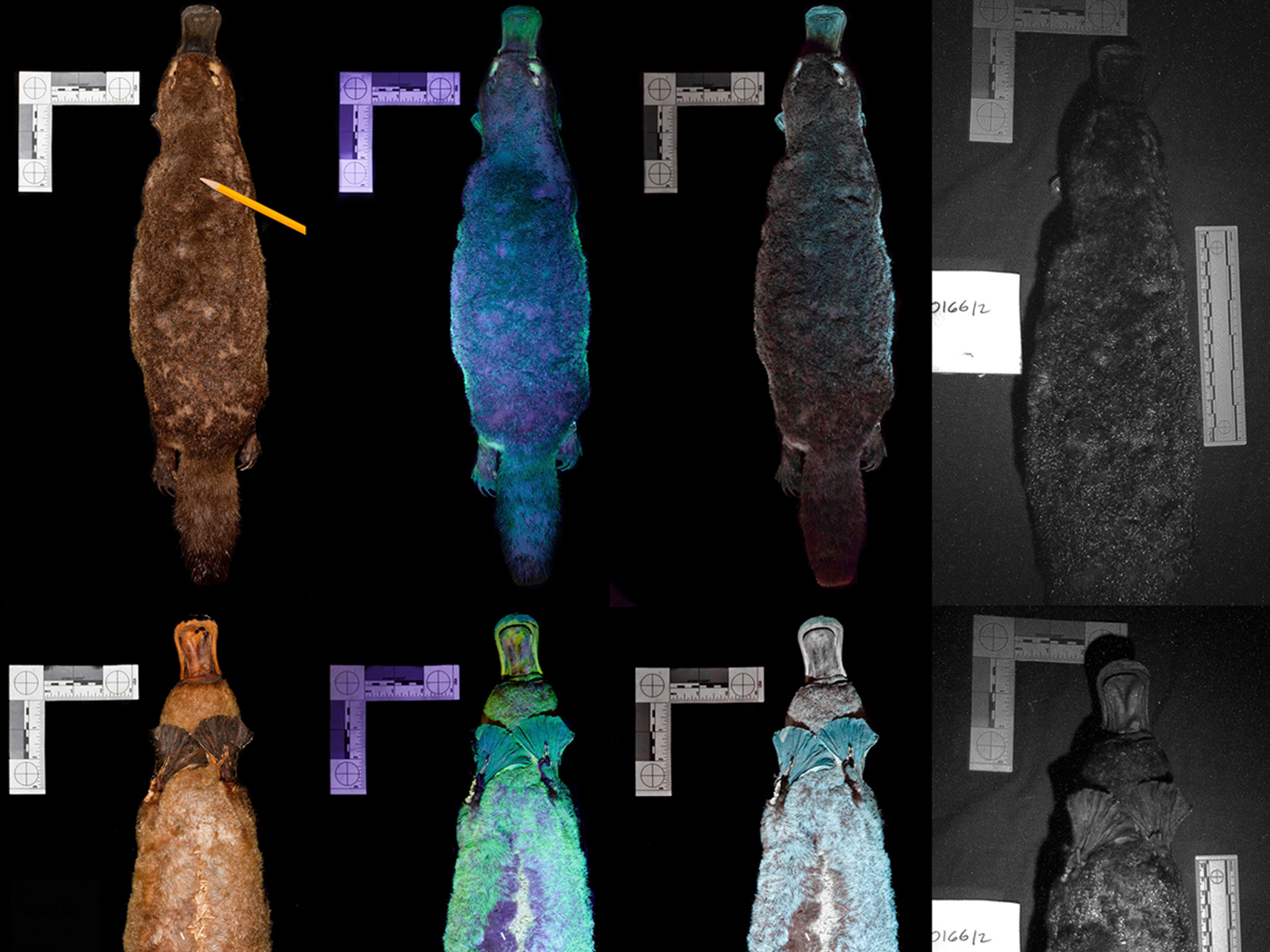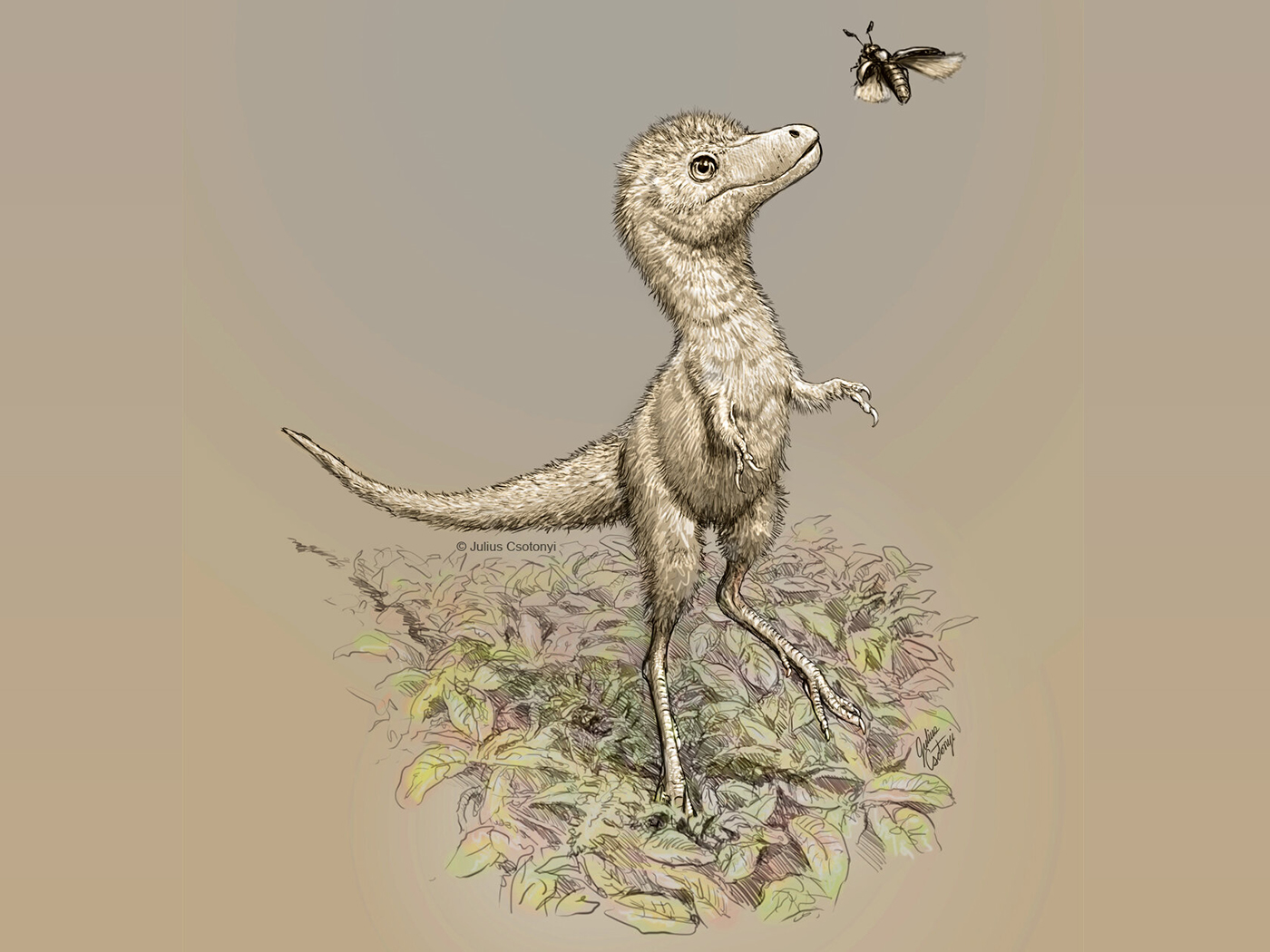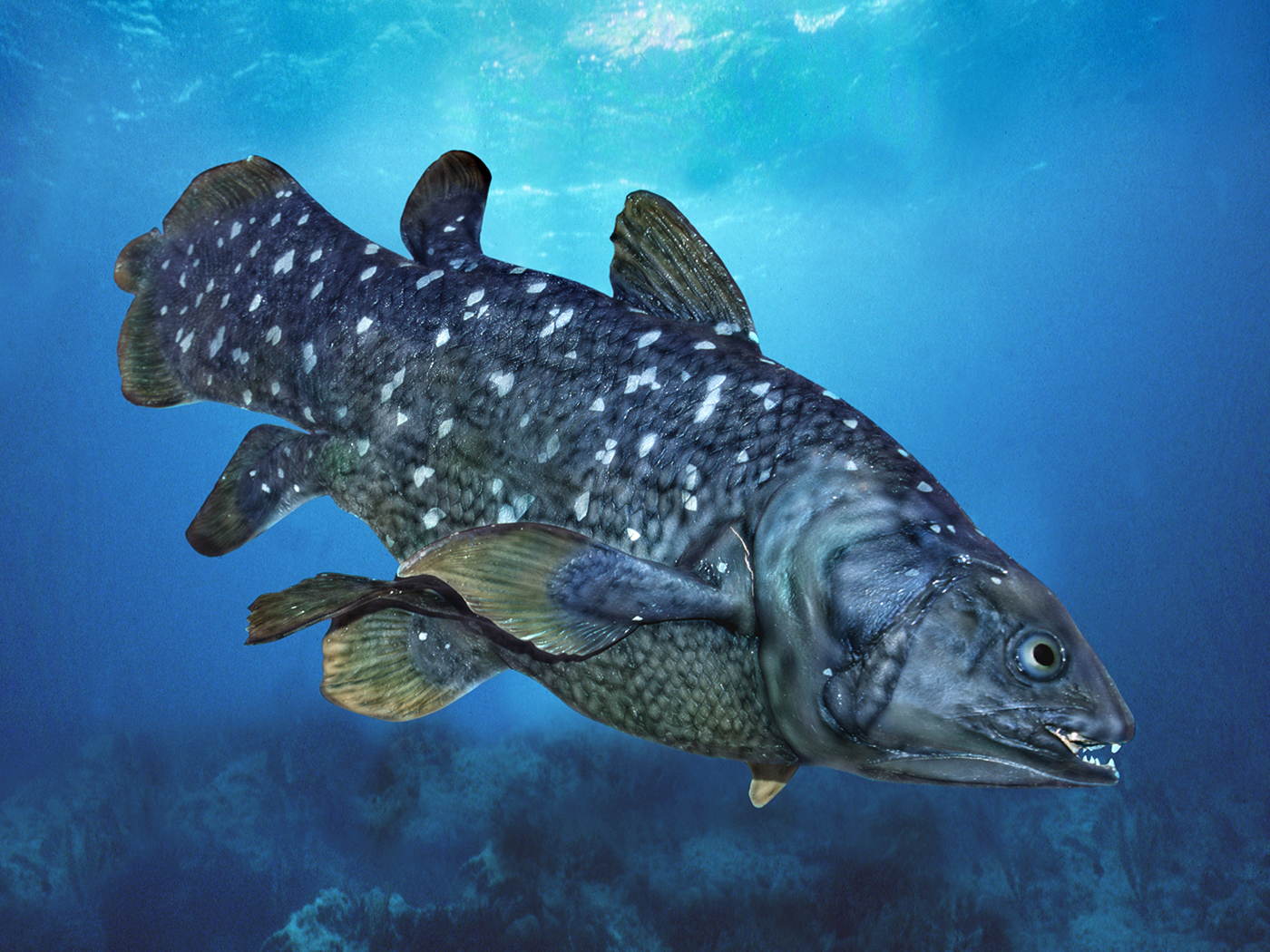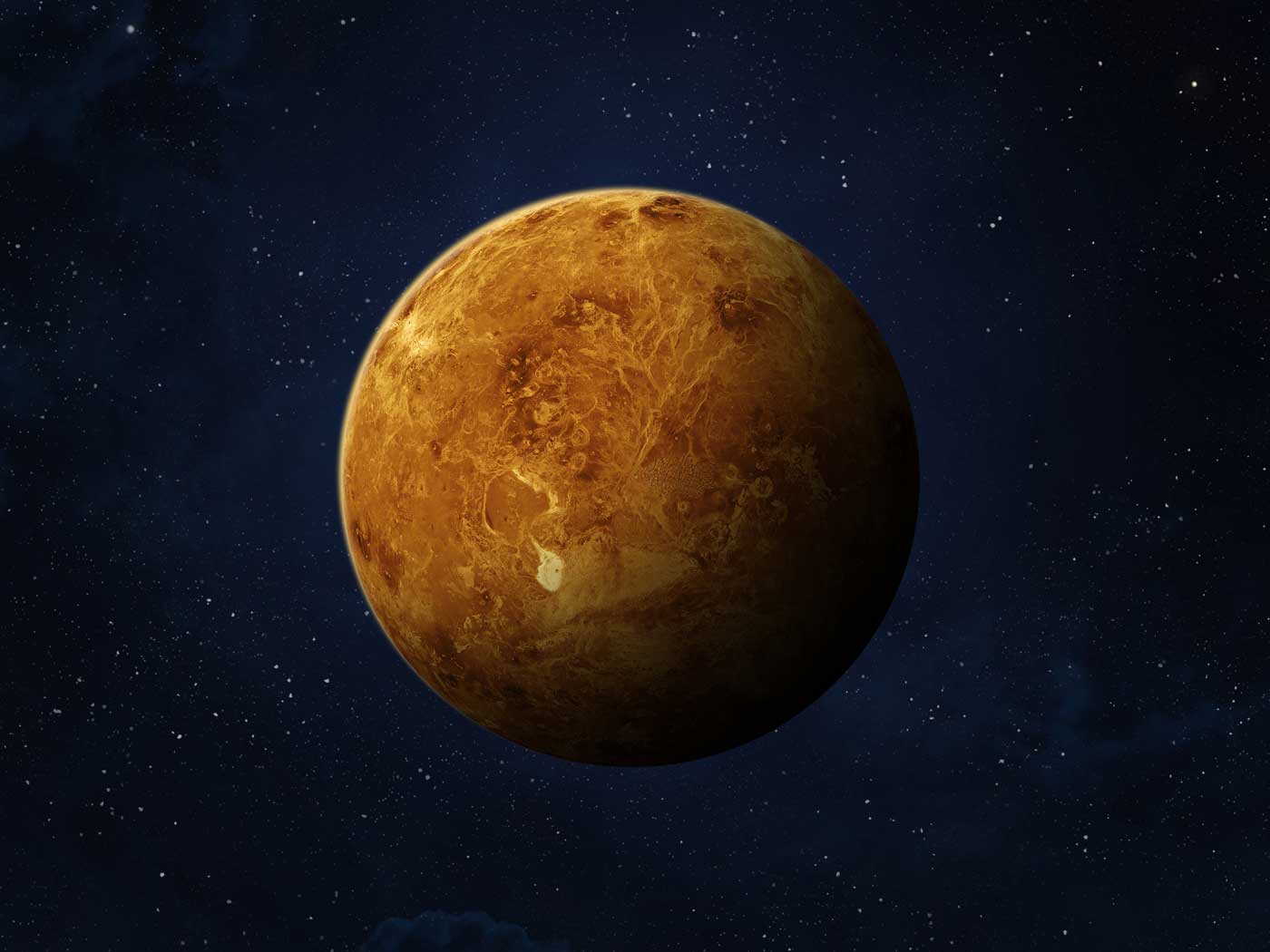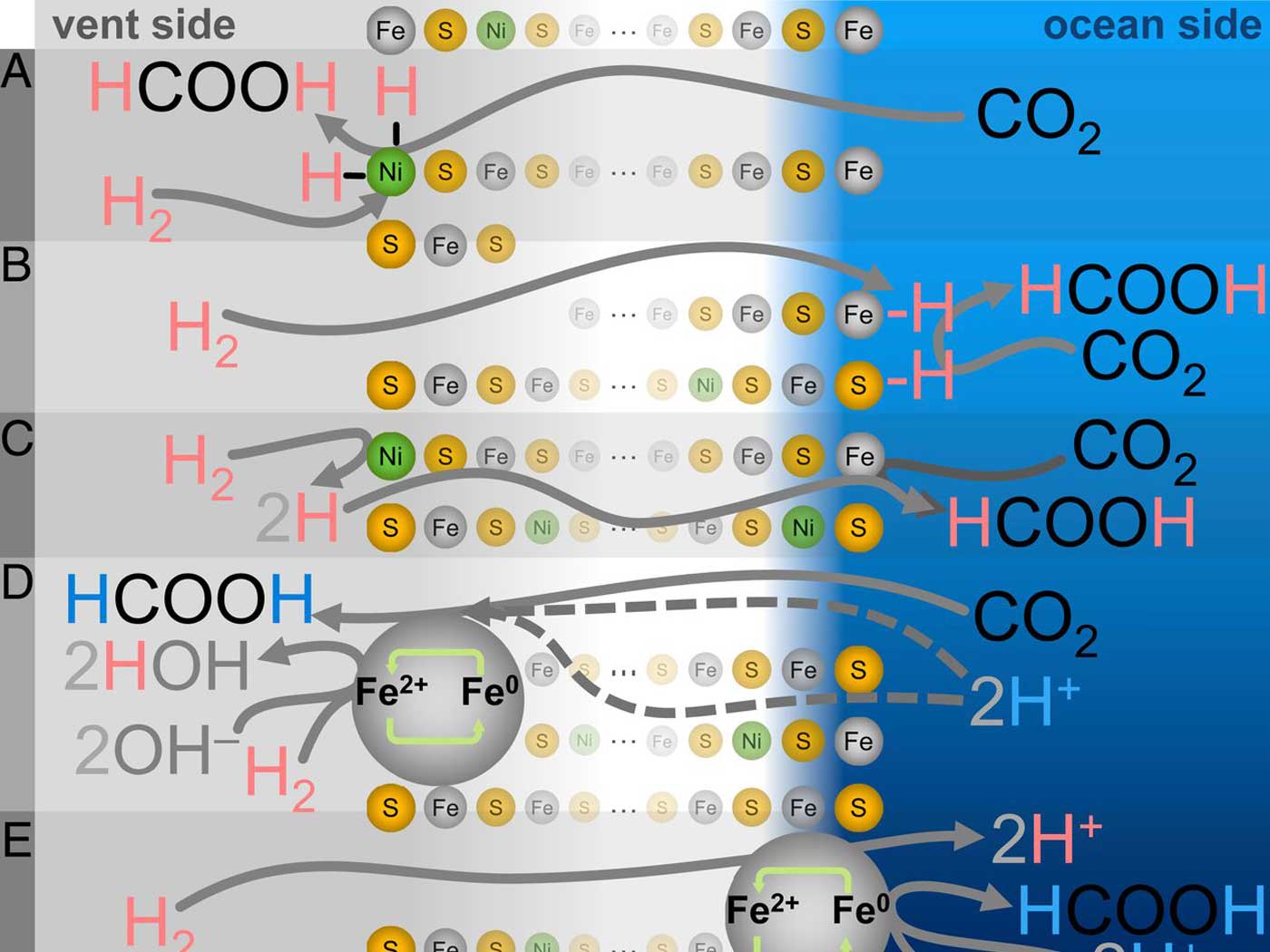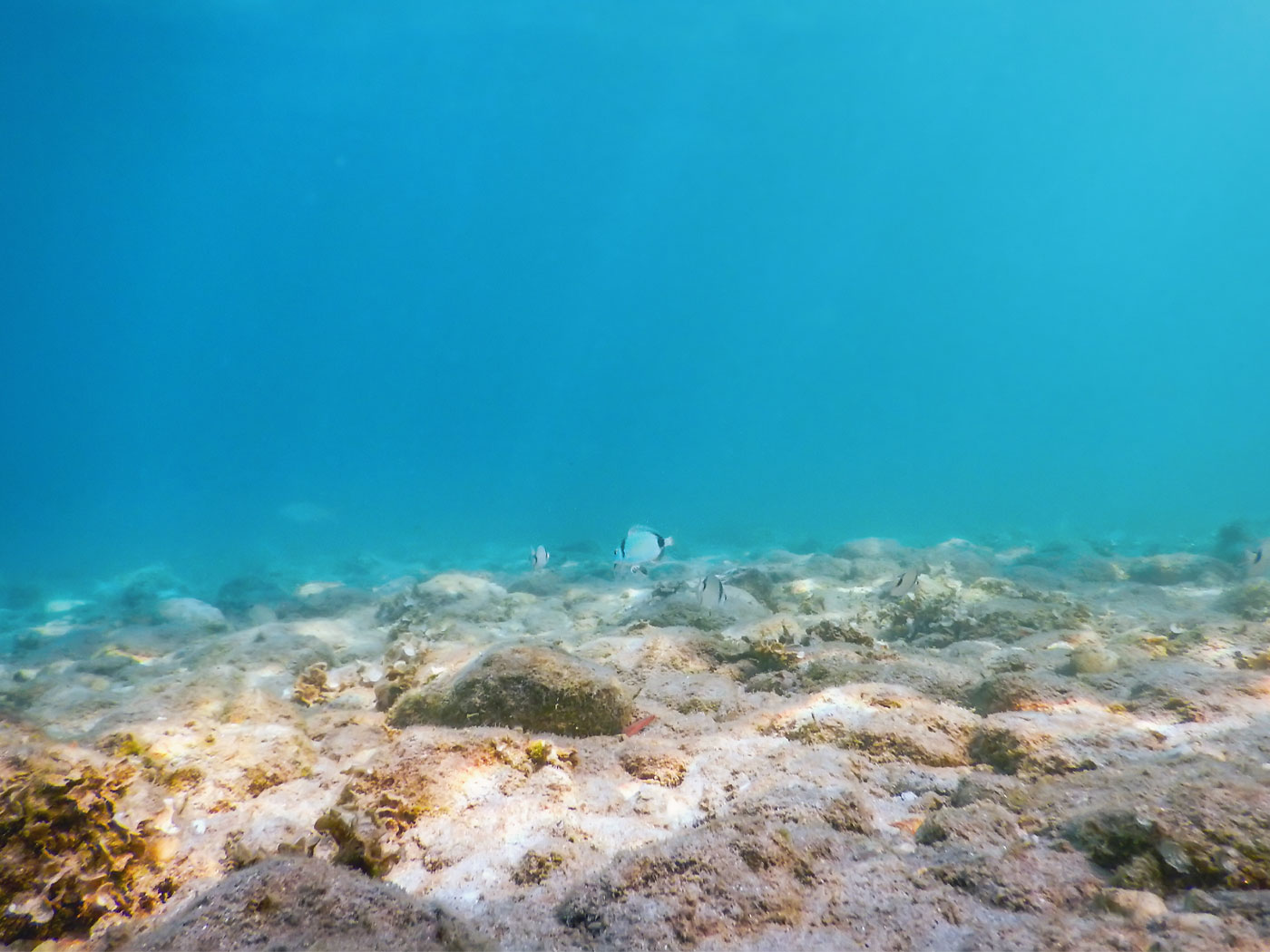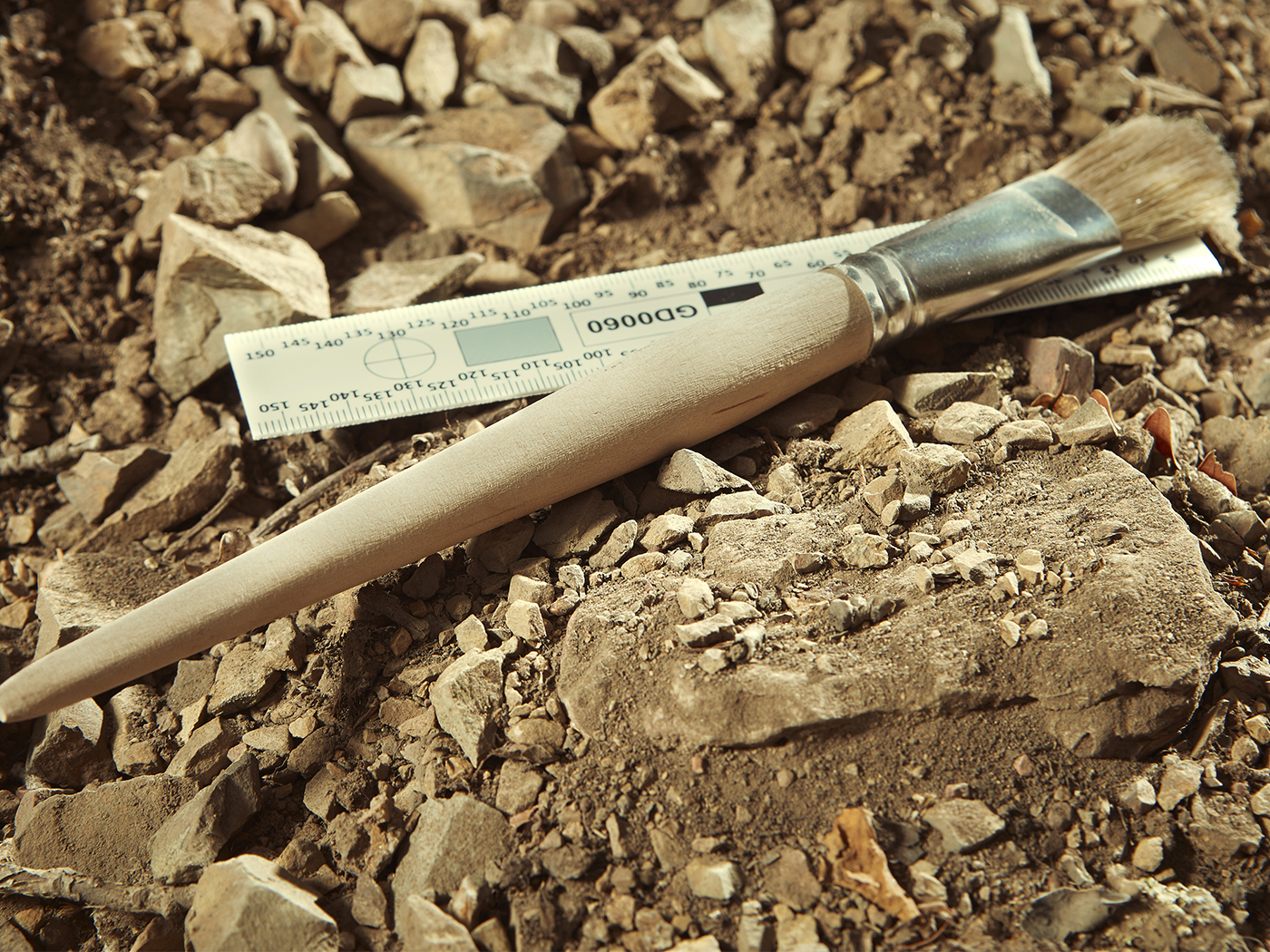In order to have evolution, you must first have life. Both sides of the evolution-creation debate agree that the chance of all the correct biomolecules coming together by chance to form even the simplest cell is virtually impossible. Fred Hoyle1 (an atheist) estimated the probability as one chance in 1040,000. He compared the likelihood of life originating on Earth to that of a tornado going through a junkyard and assembling a 747 airplane. Even if this improbability actually happened, one would have an inert, non-operating 747 in a junkyard rut. To operate it (bring it to “life”), its engines would have to be jumpstarted, its electronics activated, and a pilot provided to operate it.
Some evolutionists argue that life must have originated spontaneously because life exists. So, what would happen if a “tornado” actually whipped through a biological junkyard and assembled a simple cell? The answer is simple: absolutely nothing. Another “highly improbable” event is required for life to exist—the inert assemblage molecule must be elevated into a higher state.
This was shown by Nobel Prize-winning chemist and evolutionist Ilya Prigogine.2 He is famous for pointing out two aspects of life: it is dissipative and far from equilibrium. All living organisms are dissipative (constantly decaying to a lower state per the Second Law of Thermodynamics) and need a constant supply of energy to repair the decay and operate, just like a 747 needs a constant flow of fuel to fly.3
If a system at equilibrium is disturbed, physics tells us it simply decays back to equilibrium.4 A small displacement from equilibrium is not sufficient to change its state. Give a small push to a vehicle in a rut (at equilibrium), and it simply rolls back into the rut. Life needs a really big push for it to exist far from equilibrium—another near impossibility if we wait for this to happen by chance.
How impossible? Before life existed, the probability of assembling molecules into a life configuration was virtually impossible. But now, life exists everywhere! All the correct molecules are assembled in the correct order. When the living thing dies, all the required molecules are still there in the correct order, just without operating—there’s no life. If life occurred spontaneously, shouldn’t dead creatures just spontaneously spring back to life? No, because life is far from equilibrium! Many trillions of creatures have died, remained dead, and decayed.
In conclusion, life is not just the correct assemblage of molecules; life requires being in an elevated state of existence. It requires the “spark” of life, or the “breath” of life, to make the lifeless molecules operate. Otherwise, nothing happens except decay.
The next logical question is, where does the breath of life come from? Interestingly enough, Genesis, written nearly 3,500 years ago, got this right! After God performed the impossible task of forming man from the dust of the ground, man did not spontaneously spring to life. God needed to perform another impossible task: breathing life into him to make him a living being.5 The short answer is that the breath of life came, and comes, from God.
References
1. Posted on www.azquotes.com/author/6972-Fred_Hoyle. Accessed April 30, 2021.
2. Quotes from Ilya Prigogine are found in Morris, Henry M. 1977. The Scientific Case for Creation. Creation-Life Publishers, 21-22.
3. A 2,000-calorie diet for humans is equivalent to 100 watts. Much of this is required just to maintain life—repairing organs, replacing cells that are constantly dying, maintaining body functions like breathing, etc.; e.g., WBCs live only 13 days and RBCs 120 days.
4. Perturbation from equilibrium causes a damped oscillation (Cf. a plucked violin string).
5. Genesis 2:7.
*Dr. Siebert earned his Ph.D. in equations of quantum mechanics from the Polytechnic Institute of New York University. He is a freelance contributor to ICR’s Creation Science Update, has worked 40 years in electro-optics, and held numerous patents.
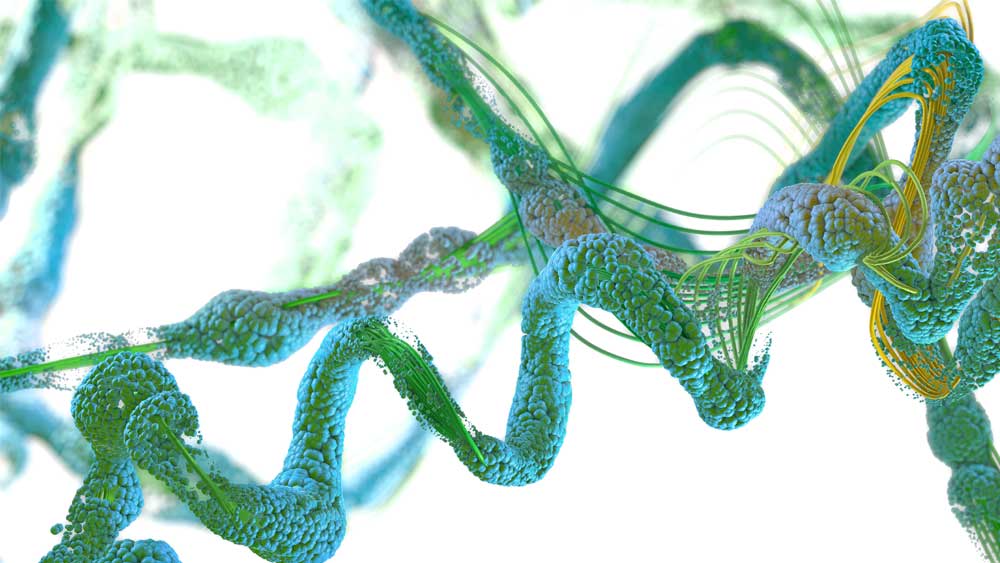
Life Is More Than Biomolecules
The Latest
CREATION PODCAST
Ernst Haeckel: Evolutionary Huckster | The Creation Podcast:...
Ernst Haeckel, a German Zoologist, is famous for developing a series of images of embryos in development called Anthropogenie. These images,...
Bees Master Complex Tasks Through Social Interaction
Bees are simply incredible.1,2 These little furry fliers challenge the very foundation of Darwinism in many diverse ways.
Bees have been...
The Tail of Man’s Supposed Ancestors
Although it has been known for decades and despite insistence to the contrary from the evolutionary community, man—Homo sapiens—has never...
When Day Meets Night—A Total Success!
The skies cleared above North Texas on Monday, April 8, for a spectacular view of the 2024 Great American Solar Eclipse. Hundreds of guests joined...
The Sun and Moon—Designed for Eclipses
Before discovering thousands of planets in other solar systems, scientists tended to assume that other solar systems would be very similar to our own....
Let ICR Help You Prepare for the Great American Solar Eclipse!
On Monday, April 8th, the moon will move directly between the earth and the sun, resulting in a total solar eclipse visible in northern Mexico, much...
Total Eclipse on April 8th
“You alone are the LORD; You have made heaven, the heaven of heavens, with all their host, the earth and everything on it, the seas and all that...
CREATION PODCAST
Dismantling Evolution One Gear At A Time! | The Creation Podcast:...
The human body is a marvel of complexity and the more we learn about it, the more miraculous our existence becomes! Can evolution explain the...
April 2024 ICR Wallpaper
"He appointed the moon for seasons; The sun knows its going down." (Psalm 104:19 NKJV)
ICR April 2024 wallpaper is now available...
Creation's Easter Message
While many Christians still consider the creation doctrine a fringe issue, a proper understanding of the Christian message finds creation at its core...











